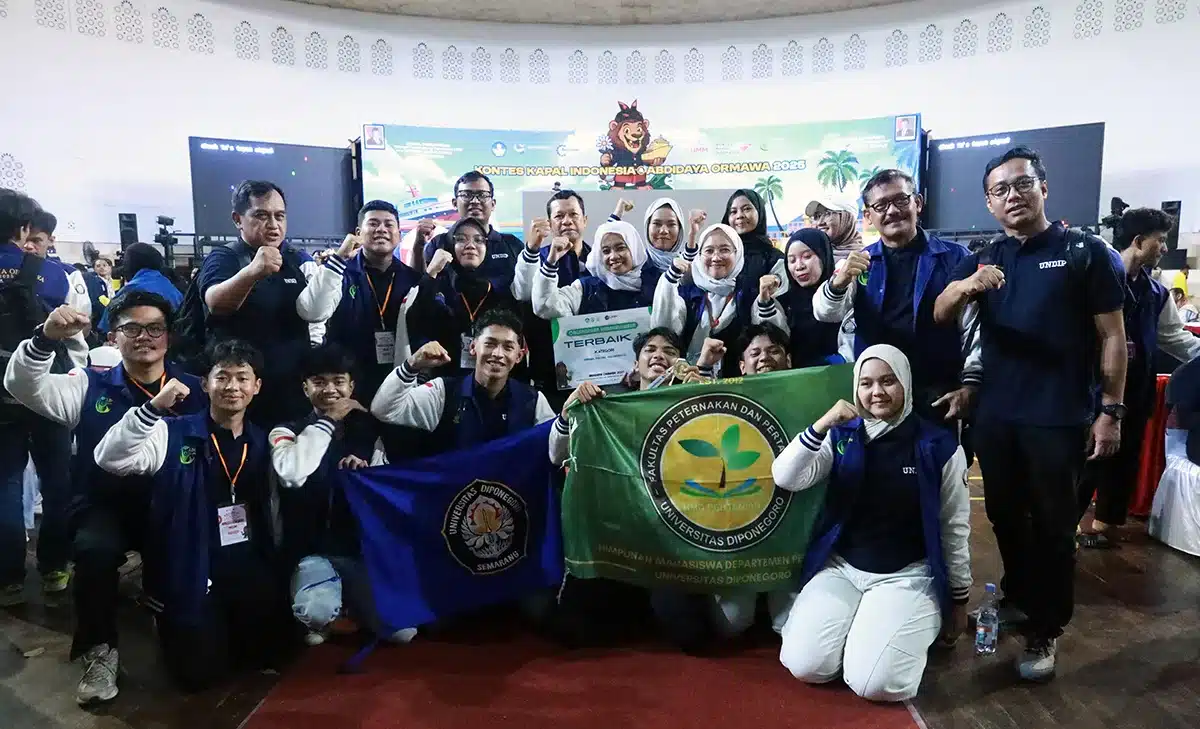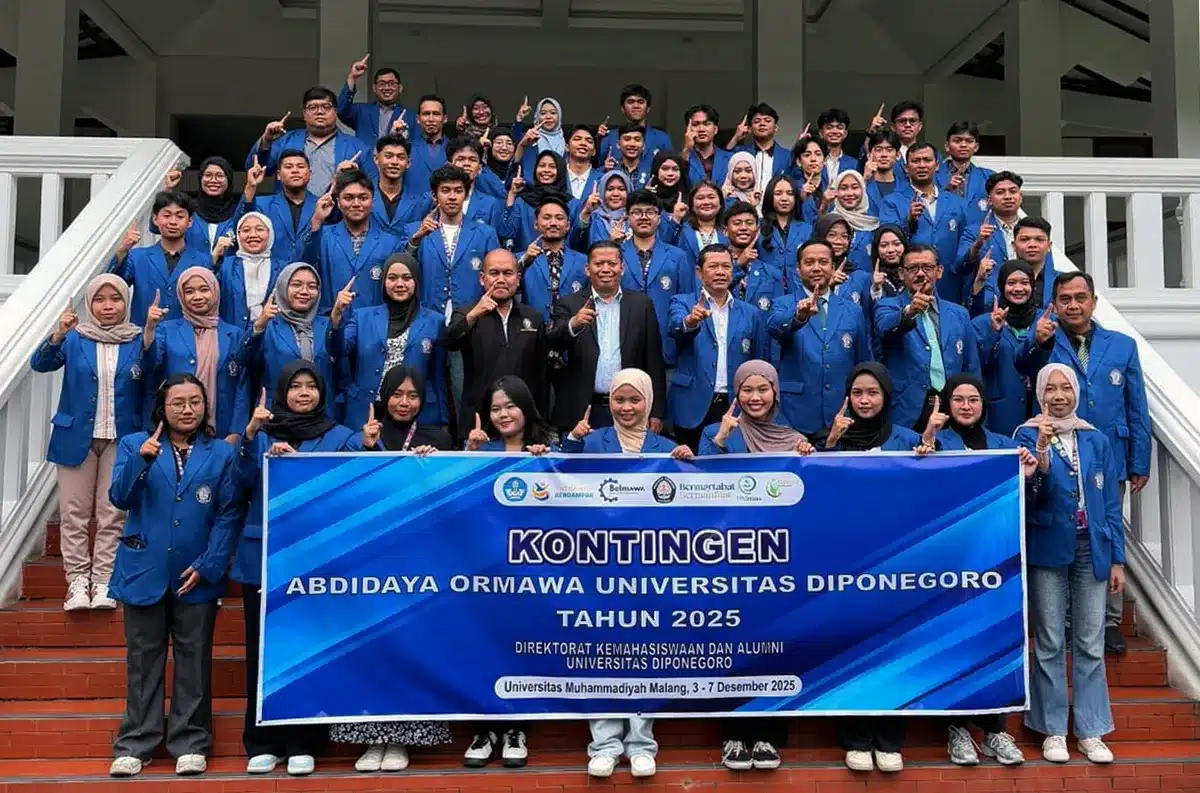SEMARANG – Diponegoro University (UNDIP) have made another proud achievement. Based on the recently released THE World University Rankings 2021 (WUR 2021), Undip is in an honorable position as the sixth best university in Indonesia.
Of the approximately 4,500 universities in Indonesia, it is known that only 9 universities have successfully entered the THE WUR 2021 assessment. This year’s assessment was conducted on more than 1,500 universities from 93 countries and regions. The large number and origin of universities make this institution’s ranking the largest and most diverse currently available.
The Rector of UNDIP, Prof. Dr. Yos Johan Utama SH MHum, expressed his gratitude for the results obtained. He said that UNDIP received a high enough weight in the aspects of Research, Citations, Industry Income, and International Outlook. This means that research activities by academics in the UNDIP environment are recognized to have weight by academics and industrial circles both domestics and abroad.
The top six universities in Indonesia are University of Indonesia (UI), Bandung Institute of Technology (ITB), Sepuluh Nopember Institute of Technology (ITS), Gajah Mada University (UGM), IPB University, and Diponegoro University (Undip). The basis for the ranking uses 13 performance indicators which are carefully calibrated with five basic areas, namely teaching, research, citation (research influence), knowledge transfer and international outlook. The ranking results are based on an analysis of more than 80 million citations to around 13 million research publications, complemented by survey answers to 22,000 students worldwide.
Top 9 Universities in Indonesia according to THE World University Rankings 2021
Source: Data Analysis and Processing from https://www.timeshighereducation.com/world-university-rankings/2021/world-ranking#!/page/0/length/25/locations/ID/sort_by/rank/sort_order/asc/cols/scores
At the world level, Oxford University has managed to maintain its top position for five consecutive years, while this year’s Tsinghua University has become the first Asian university to enter the top 20 universities in the world. Eight of the 10 best universities in the world are in the United States, including Stanford University, Harvard University, California Institute of Technology and Massachusetts Institute of Technology. Meanwhile, most “new entries” came from India.
The ranking is done by giving weight to each of the analyzed criteria. The teaching (the learning environment) aspect is given a weight of 30% consisting of the ratio of staff to students, the ratio of the number of S3 to S1 students, the number of teaching staff with doctoral degrees, the infrastructure and facilities available to staff and students.
While the research aspect seen from the number and reputation is given a value of 30%. The main indicators for this category are based on the results of an annual survey of assessing research results by experts in each field (Academic Reputation Survey). Productivity was assessed by the number of Elsevier Scopus indexed academic journals per graduate compared to university size normalized by subject. This can provide an overview of the ability of universities to publish quality peer-reviewed journals.
For the record, since last year THE WUR has designed a method to award scientific articles on subjects where the university claims it does not have staff in that respective field.
The citation aspect or the influence of the research also received a weight of 30%. This indicator looks at the aspects of the university’s role in disseminating new knowledge and ideas. This aspect assessment was carried out by examining more than 86 million citations of 13.6 journal articles, review articles, proceedings and books published in the last five years. The amount of data includes 24,000 academic journals indexed by Elsevier Scopus during the period 2015 – 2020. The citation provides an overview of how each university contributes to the development of science, including through the dissemination of research results to the world academic community.
The international outlook aspect is assessed by the number of international students at both undergraduate and postgraduate level and article writing collaborations with international academics. Meanwhile, the industry income aspect is assessed by the university’s ability to assist the industrial world with innovation, discovery and consulting so that the industrial world also benefits from the development of science.
For another record, WUR can exclude a university from the assessment list if a university does not have undergraduate students or its research results cannot reach 1,000 publications per five years (minimum 150 publications per year). Universities can also be excluded from the list if 80 percent or more of their research results only stick to one subject category.









